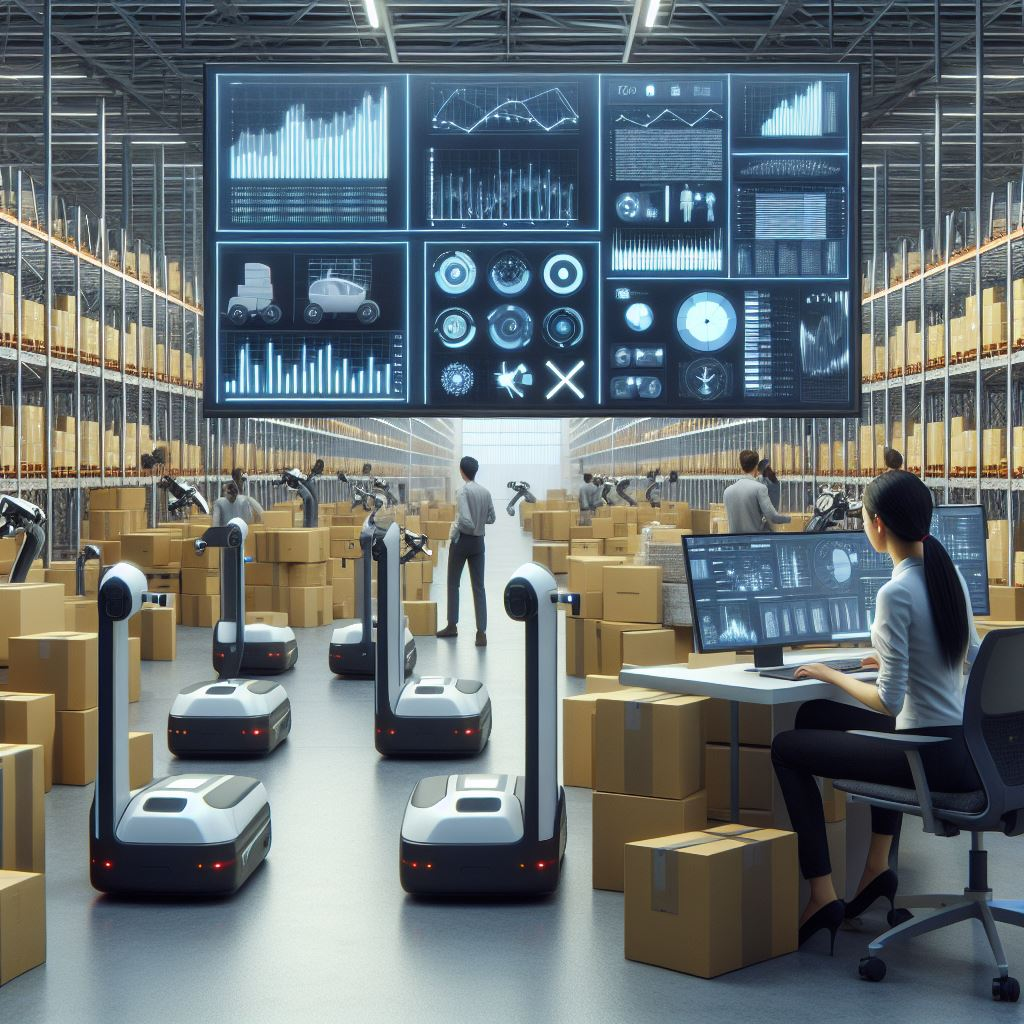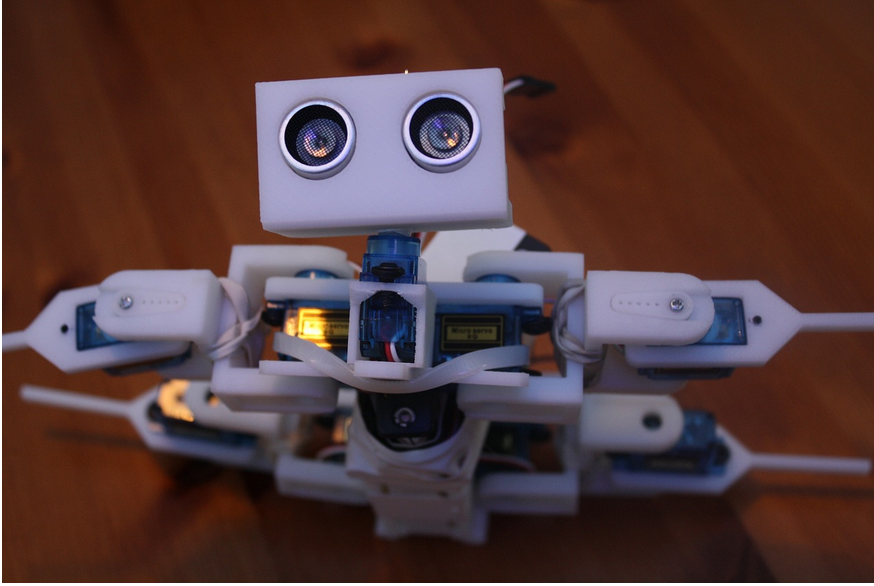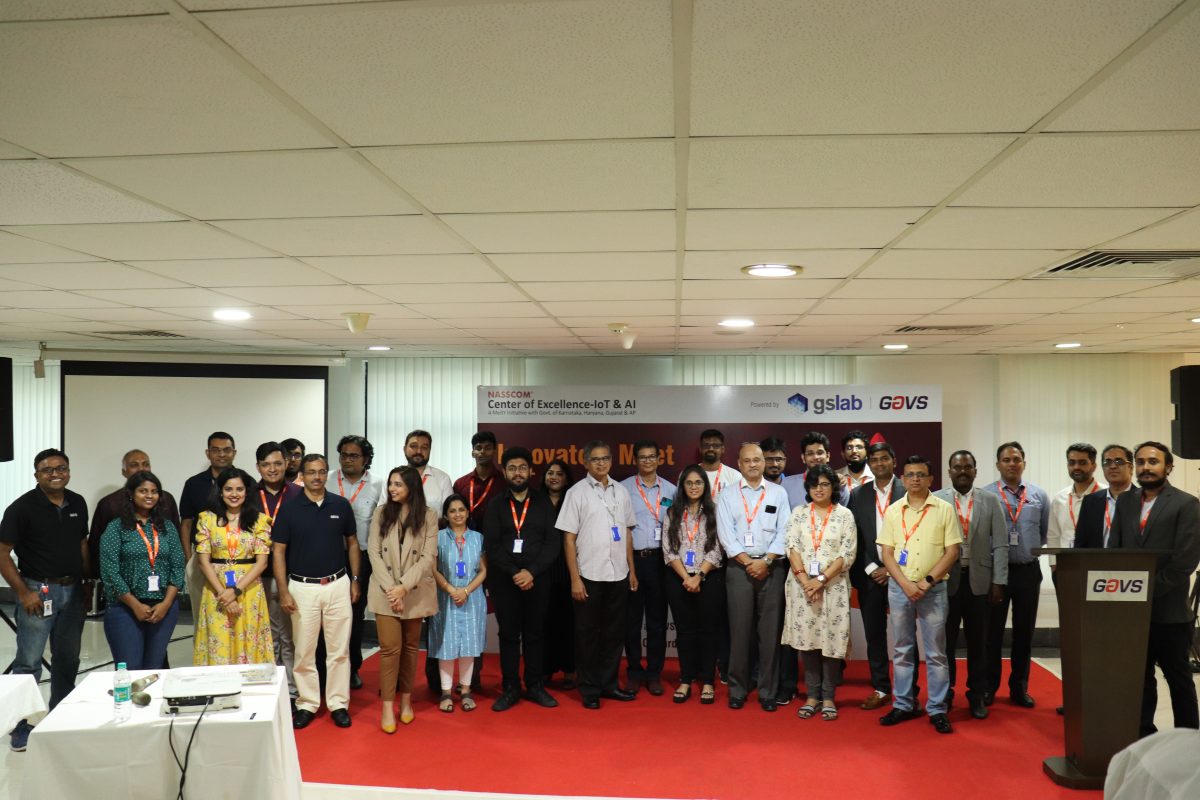In order to create a sustainable future, deep technology (deep tech) is being emphasized in the face of severe global issues including climate change, resource depletion, and environmental degradation. With its roots in cutting-edge scientific research and advanced engineering, deep tech has the potential to revolutionize a number of sectors and provide game-changing solutions.
Understanding Deep Tech
The term “deep tech” describes cutting-edge scientific discoveries that have the potential to drastically alter whole sectors. Deep tech is supported by state-of-the-art research from fields like artificial intelligence (AI), biotechnology, robotics, quantum computing, advanced materials, and sustainable manufacturing, in contrast to traditional digital solutions that might concentrate on software applications or consumer technologies. It stands out because to its strong scientific and engineering foundation, which promises ground-breaking inventions that can address some of the most important environmental problems of our day.
The Difference Between Deep Tech and Conventional Tech
Deep tech and conventional tech differ from one another in their areas of concentration and the extent of their influence. While deep tech offers revolutionary breakthroughs that have the potential to upend established industrial paradigms, conventional technologies frequently strive for small, incremental gains. In contrast to consumer-centric breakthroughs like mobile applications or cloud services, deep tech frequently requires a significant investment and a longer gestation period for creation. This is partly due to the amount of study and intricacy needed in deep tech.
Deep Tech’s Role in Advancing Sustainability
Using AI, robots, biotechnology, and quantum computing to provide effective and eco-friendly solutions, deep tech is at the forefront of sustainability. It has an impact on a number of important areas:
Climate-Resilient Agriculture
Agriculture is particularly susceptible to the consequences of climate change and contributes significantly to global emissions. With breakthroughs like AI-optimized crops, carbon-sequestering soil technologies, and autonomous farm swarms that increase precision farming and cut waste, deep tech is tackling these issues and enhancing food security and resource efficiency.
Sustainable Energy and Decarbonization
Deep tech interventions like AI-driven smart grids that optimize energy distribution and next-generation battery technologies that improve storage capacity are crucial to the shift to a low-carbon economy. Furthermore, synthetic biology contributes to direct air carbon capture, which lowers atmospheric CO₂ concentrations.
Circular Economy and Sustainable Materials
The material landscape is being redefined by deep tech, with self-healing and biodegradable materials lowering waste and promoting the circular economy. Resource efficiency is improved by AI-optimized recycling systems, while material sustainability and durability are advanced via molecular imaging.
Water Conservation and Environmental Restoration
Deep tech offers solutions such filtration systems based on nanotechnology and bioengineered organisms that aid in the restoration of natural settings in light of the impending water shortage and the threat to ecosystems. For example, biotechnology helps clean up oceans using pollution-absorbing algae, and artificial intelligence plays a key role in managing water resources.
Ethical AI and Smart Cities
Additionally, deep tech is changing urban settings to conform to sustainability ideals. Blockchain technologies and AI-powered urban planning guarantee sustainable tracking and ethical sourcing. Furthermore, edge computing lowers energy usage in networks of smart cities.
Deep Tech’s Alignment with Global Sustainability Goals
Deep tech’s promise is demonstrated by its compatibility with a number of Sustainable Development Goals (SDGs) of the UN. It promotes the clean energy transition, encourages sustainable industrial developments, aids in water and ocean conservation, and supports climate action through carbon capture and emission reduction. It also promotes sustainable urbanization and food security.
Takeaway
Deep tech is actively rebuilding sectors to offer durable and scalable answers to global problems, rather than just enhancing sustainability initiatives. Achieving a low-carbon, ecologically conscious future requires its integration into other industries. Continuous investment, interdisciplinary cooperation, and supporting regulatory frameworks are necessary for the implementation of these solutions. In the pursuit of sustainable economic growth and fair environmental stewardship, deep tech is a vital pillar. Deep tech’s contribution to solving today’s most important problems is becoming more and more obvious as we negotiate the complexity of the modern world.
Reach out to us at open-innovator@quotients.com or drop us a line to delve into the transformative potential of groundbreaking technologies. We’d love to explore the possibilities with you.










